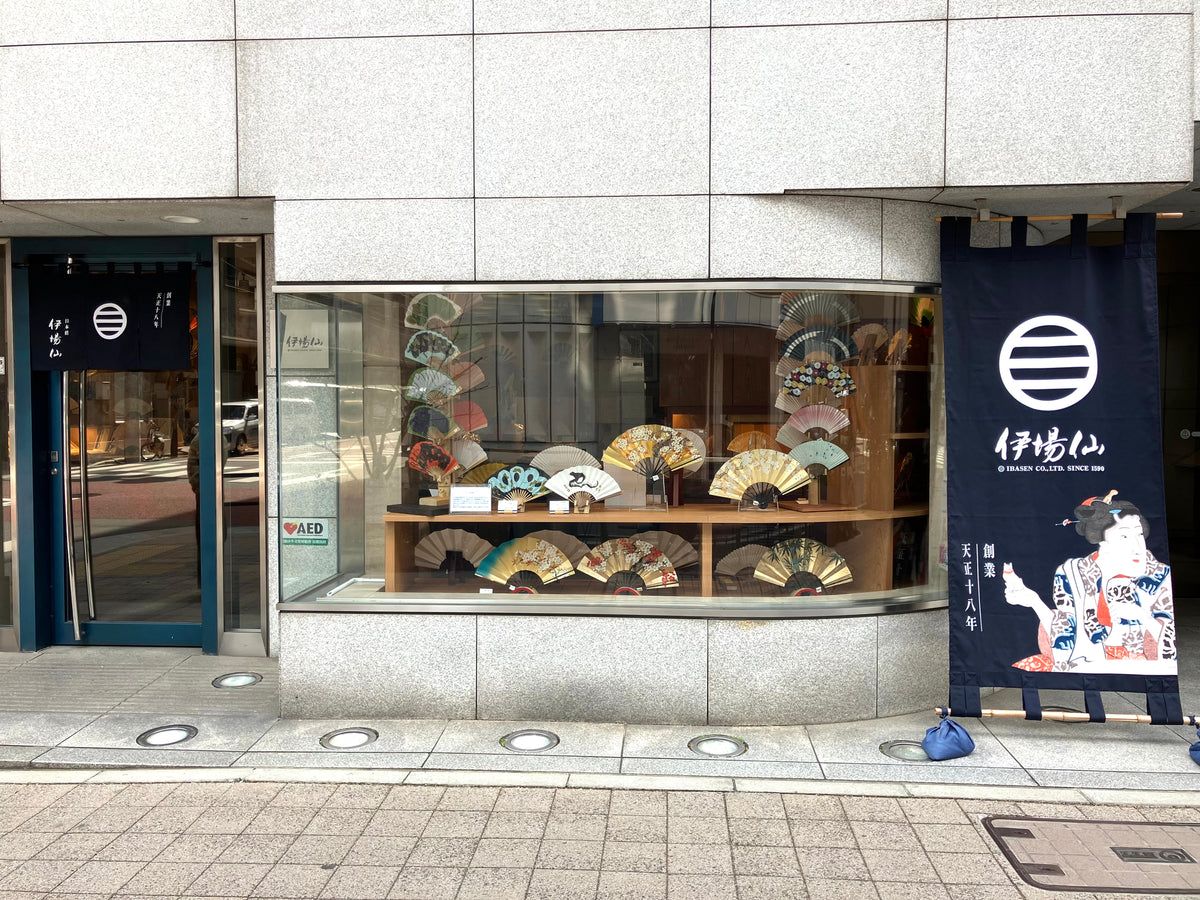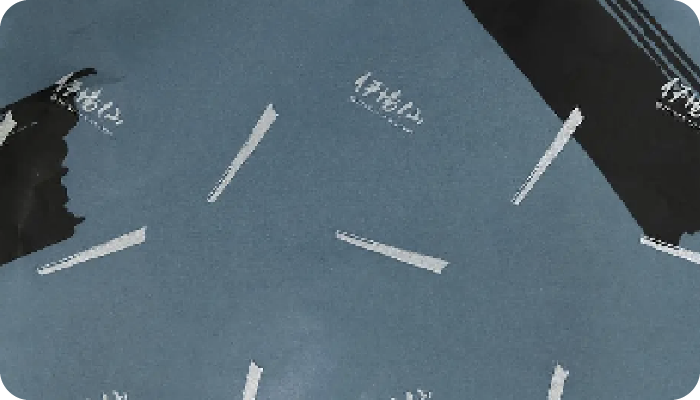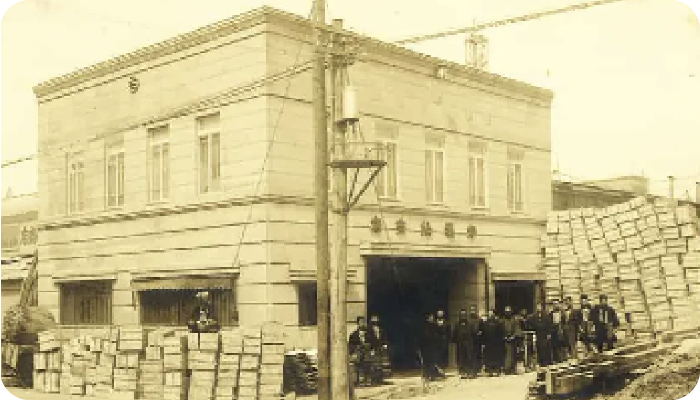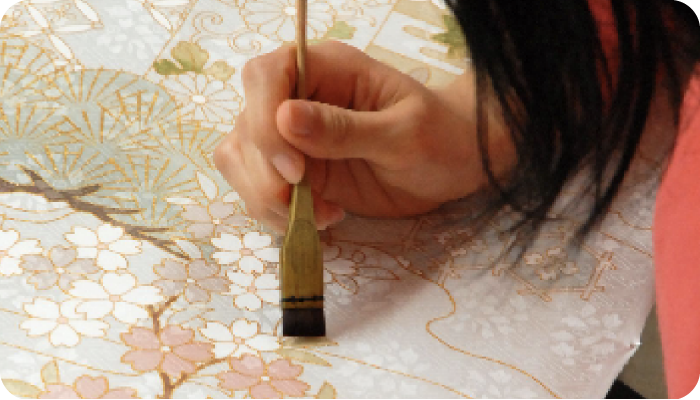History
|
Tensho 18 (1590) |
Tokugawa Ieyasu is given the eight provinces of Kanto by Hideyoshi and moves from Mikawa Okazaki to Edo. Tokugawa Ieyasu begins building the town of Edo. During the construction of Edo Castle Town, the upstream river is filled in and opened to waterways. |
|---|---|
|
Tensho 18 (1590) |
IbasenThe father of Ibaya Kanzaemon, the first generation of Ibaya, was a flood control and civil engineering craftsman for the Matsudaira family in Okazaki, Mikawa Province. He went with Ieyasu Tokugawa to Iba-mura in Enshu (present-day Iba-machi, Hamamatsu City), and became the firstIbaya Kanzaemon (Ibaya Kanzaemon)was born. Since the exact year of establishment is unknown, the year of the founder's birth is used as the year of establishment. Iba-mura, Enshu (present Higashi Iba-cho, Chuo-ku, Hamamatsu City, Shizuoka Prefecture)
|
|
Edo Shogunate Founded Keicho 8 (1603) |
Tokugawa Ieyasu is appointed Seiyo-tai shogun and establishes the shogunate in Edo. Ibaya Kanzaemonmoved to Edo with Ieyasu's entry into the Edo shogunate and engaged in pioneering work. The land he cleared was given to him as a gift, so he settles in this area and begins his business. The name of the store was taken from the village of Iba, with which he was associated. At the time of its establishment, the shop dealt in Japanese paper and bamboo, and as an official merchant, it delivered materials and Japanese paper to the shogunate for use in baskets and wagura (bamboo hanger). The washi was not made but purchased from paper-making regions such as Tosa and Awa, and the bamboo was from Boshu. |
|
3rd year of Meireki era (1657) |
The Great Meireki Fire (Furisode Fire) damaged most of Edo and destroyed the Edo Castle keep. It was the most devastating fire in the Edo period and had a major impact on the city planning and firefighting systems of Edo. Old documents and other items were destroyed by the fire. |
|
Mid-Edo Period Around the 13th year of Genroku (circa 1700) |
Bamboo and Japanese paper were used as materials to add value.round fanThis was the beginning of the Edo period (1603-1867). This was the Edoround fanThis product became known as the "EdoIbasenofround fanthe production of the "K" is the middle of the Edo period; the business has been around since the 1700's. Edoround fanandfolding fandealing withround fanAs a wholesaler, the publisher of the Edo shogunate's warrantround fanThe company began to frequent Edo Castle as a merchant.  Around Nihonbashi in the Edo period
In Nihonbashi Horie-cho, a riverside street surrounded by iribori, the two banks of the Horitome River, was created, and each was given a name that indicated its characteristics. Nihonbashi Horie-choround fanThe name of each riverbank was given to a particular type of fish, such as the rice and dried bonito riverbanks in Kobunacho. (From "Nihonbashi Shigyo-ki") Nihonbashi Horie-cho, Edo is now called Kobunacho |
|
4th year of Kansei era (1792) |
Senzaburo IbayaIn Horie-cho 1-chomeround fanOpened a wholesale store in Horie-cho 1-chome. |
| Late Edo Period | round fanPaste ukiyoe ofround fanpictures become popular. round fanUkiyo-e is first introduced in earnest at the "Ukiyo-e Museum of Modern Art" in Tokyo. popular Ukiyo-e artists at that time.Toyokuni Utagawa Iand the genius painterKuniyoshiand his contemporariesHiroshigeand others, and spread the name "Ibaya" throughout Edo. |
|
Around the first year of Bunka era (1804~1818) From to the end of the Edo period |
Kyubei IbayaShop name "Ibayakyu", "Kinmasaido", Horie-cho 2-chomeround fanMany works of painting can be seen.
 
|
|
Bunsei (1818~1830) from to Meiji Era |
Senzaburo IbayaShop name ".Ibasen」「round fanDansendo" "Dansendo" Horie-cho 1-chome Gonin Gumi Mochi Shopround fanwholesale store Name of the store taken from Saburo 10th generation「IbasenIBA-SENIbasen" (Ibasen).  
|
|
2nd year of Ansei era (1855) |
Ansei Earthquake. |
|
Meiji Restoration (1868~1889) |
The company is affected by the loss of its "shogunate warrant" business, but continues to work as a publisher of ukiyo-e woodblock prints and to sell calendars. Naokichi Yoshida 13th Naokichi Yoshida pushes forward the calendar business as a semi-main product. |
|
Taisho 12 (1923) |
The store was destroyed by fire in the Great Kanto Earthquake. Taisho period after the Great Kanto EarthquakeIbasen
 Click here to see the relocation notice immediately after the Great Kanto Earthquake.
|
|
In the 9th year of the Showa Era (1934) (1934) |
CorporationIbasenReorganized as a joint-stock company. |
|
1945 (1945) |
World War II: The store is spared from damage in an air raid on Tokyo. |
|
1976 (Showa 51) (1976) |
14th generationNobuo Yoshida(Nobuo Yoshida) Engaged in the family business. |
|
In 1985 (1985) |
14th generationNobuo Yoshida(Nobuo Yoshida) appointed as Representative Director. The calendar business is discontinued. The main business of the company isround fan、folding fanand concentrate on his main business, sales. |
|
2008 (2008) |
Website launched. |
|
Year 2012 (2012) |
On the first floor of the building by the Chuo City Machikado Exhibition Hall projectIbasenUkiyo-e Museum opened on the first floor. |
| Currently | From the late Edo periodfolding fanand began sellinground fan、folding fanand has continued to this day as a long-established manufacturer of washi paper products. The company was founded in 1949 as "WashiIbasenThe "Hanban" (Japanese printing) of those days can now be seen not only in museums in Japan but also in famous museums overseas, such as the British Museum, the Museum of Fine Arts, Boston, the Metropolitan Museum of Art, and the Van Gogh Museum. |



